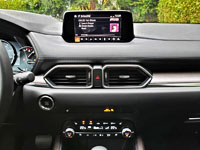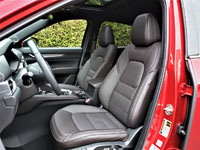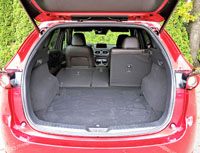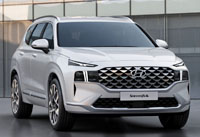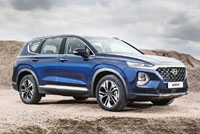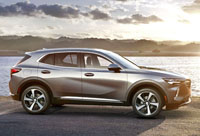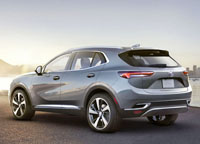
Style. Some have it, and others just don’t. A small handful, on the other hand, are not only in style, but in fact set the trends. Audi has long been one such brand, often lauded for its leadership in design and execution, while the new Q8 has become one of the automaker’s key style-setters.
While hardly an initiator in the SUV coupe category, the Q8’s edgy lines and sleek, low-slung profile has certainly made up for lost time. As you may already know, it shares hard points with a number of other Volkswagen group crossover utilities, namely Porsche’s Cayenne Coupe and Lamborghini’s Urus, while its MLB platform underpinnings can be found in Audi’s own Q7, plus the regular Cayenne, Volkswagen’s Touareg (in other markets) and at the other end of the spectrum, Bentley’s Bentayga.

This means that along with its dashing good looks it’s an SUV that can run with the best in the industry, and believe me the Q8 can hold its own on a curving backroad. The Q8 plays alongside BMW’s X6 and Mercedes’ GLE Coupe, the former being the first-ever SUV coupe, while most others in this sector are much higher priced alternatives such as Maserati’s Levante (which is more of a regular crossover SUV despite being very sleek), Aston Martin’s DBX, and soon Ferrari’s Purosangue.
The Q8 is not only more affordable than the exotics just mentioned, but my tester’s Technik 55 TFSI Quattro trim line is considerably more approachable than the mid-range SQ8 or top-line RS Q8. Our 2021 Audi Q8 Canada Prices page shows suggested pricing of $91,200 plus freight and fees, which adds $8,650 to the price of a base Q8 Progressiv model, while Audi is currently offering up to $4,000 in additional incentives on both 2021 and 2020 models, and average CarCostCanada member savings are $3,875.

The Q8 arrived for 2019, by the way, and other than an assortment of tech features that have been added to the base Progressiv trim since its initial year, 2019, 2020 and 2021 versions are mostly the same. The Q8 Technik shown on this page is pretty well fully loaded, so it’s pretty well the same vehicle as a 2021.
Obviously the Q8’s base price makes its placement within Audi’s SUV hierarchy clear, the sporty mid-sizer positioned above the Q7, the two Q5 models, and of course the Q3, at least as far as non-electrics go. Audi has a lineup of EVs now, including the E-Tron and new E-Tron Sportback (Audi-speak for an SUV Coupe), while the second Q5 I just mentioned is another Sportback, making a total of three SUV coupes in the Ingolstadt brand’s lineup.
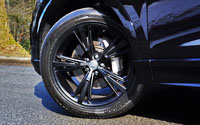
SUV coupes are arguably better looking, unless you’re more of a traditionalist, but there is a trade-off. It comes in the way of rear headroom and cargo capacity, the second row more than adequately sized for most adults, but the Q8’s dedicated luggage space down significantly from the Q7 and even some of the regularly proportioned five-passenger SUVs it might be up against. Even the GLE Coupe offers more room behind its rear seats, but the Q8 edges out the X6.

Now that we’re talking about practical issues, the base Q8 powertrain delivers decent fuel economy. Driven with a tempered right foot you’ll be able to eke out 13.8 L/100km in the city, 11.7 on the highway and 12.7 combined, but that’s probably not how you’re going to want to drive it.
Sorry for the yawn-fest, but I needed to get the mundanities out of the way before talking performance. Fortunately for enthusiasts like us, Audi chose not to go all pragmatic with its Q8 powertrains, leaving the Q7’s 248 horsepower turbocharged four-cylinder off the menu and instead opting for its 335 horsepower V6 in base models. That’s a healthy dose of energy for any SUV, but even more for a lighter weight five-passenger ute like the Q8. It pushes out 369 lb-ft of torque as well, all from a 3.0-litre V6-powered with a single turbo, so off-the-line acceleration is strong and highway passing manoeuvres are effortless.
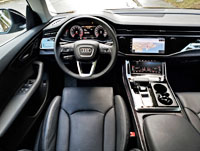
Not as effortless as passing would be in a 500 horsepower SQ8, mind you, or for that matter the near Urus levels of straight-line power offered up by the 591 horsepower RS Q8. These two put 568 and 590 lb-ft of torque down to the tarmac respectively, so launching from standstill would be exhilarating to say the least. Is 3.8 seconds to 100 km/h good enough for you? That’s as quick as Bentley’s W12-powered Bentayga, and only 0.2 seconds off the Urus’ 3.6-second sprint. The mid-range SQ8 is fast too, but 4.3 seconds from zero to 100 km/h is not quite as awe-inspiring, while the 55 TFSI Quattro’s 6.0-second run is definitely quick enough to leave most traffic behind when the light goes green.
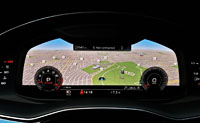
Speaking of fast, the Q8’s ZF-sourced eight-speed auto is both silky smooth and wonderfully quick-shifting when pushing hard, while Quattro continues Audi’s advanced tradition in all-wheel drive, delivering superb traction in all conditions. Adding to the experience, Audi provides Comfort, Auto, Dynamic (sport), Individual and Off Road “drive select” modes, the sportiest enhancing the Q8’s direct electromechanical steering design and nicely-tuned five-link front and rear suspension setup, resulting in a luxury SUV that’s comfortable when needed, and plenty of fun through the curves.

Comfort is the Q8 55 TFSI Quattro’s primary purpose, however, and one look inside makes this immediately known. Its interior design typifies Audi’s contemporary minimalism, while the quality of materials is second to none. My test model’s cabin was mostly done out in a subdued charcoal grey, other than the large sections of piano black lacquered trim running across the instrument panel and lower console. These perfectly bled into the numerous electronic displays, while Audi added some stylish brown details to visually warm up what could come across as a cold grey motif. Yes, even the open-pore hardwood inlays were stained grey, although ample brushed aluminum trim and the big panoramic sunroof overhead helped to lighten the mood.
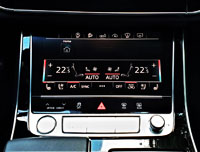
The aforementioned displays brightened the gauge cluster and centre stack too, with attractive graphics and brilliantly clear high-definition resolution. The former, dubbed “Audi Virtual Cockpit,” is 100-percent digital and wonderfully customizable, plus can be modded so that the centre-mounted multi-information display takes over the entire screen via a “VIEW” button located on the steering wheel spoke. My favourite choice of multi-info functions for this full-size view is the navigation map, which looks fabulous and frees the centre display for other duties, like scrolling through satellite radio stations, while multi-zone heating and ventilation controls can be found on a separate touchscreen just below.

The previously noted “drive select” modes can be found on a thin strip of touch-sensitive interface just under the HVAC display. Also included is a button for cancelling traction and stability control, turning on the hazard lights, and selecting defog/defrost settings. This switchgear, plus all others in the Q8’s well laid out interior, is impressively made.
Of course, we’ve all come to expect this level of detail from Audi, as is the case for cabin comfort. Of upmost importance to me is any vehicle’s driving position, due to a torso that’s not as long as my legs, therefore once my seat has been powered rearward enough to accommodate the latter, I often require more reach from the telescopic steering column than some models provide in order to achieve maximum control while comfortably holding the rim of the wheel. If that reach isn’t there, I’ve got to crank my seatback to a less than ideal vertical position, which is never a good first impression. In the Q8’s case, nothing I just said was even necessary, other than to point out that its driving position is near perfect.
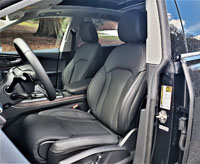
Of course, the amply adjustable driver’s seat had much to do with that. It includes an extendable lower cushion that nicely cups under the knees, a favourite feature, while together with the usual fore/aft, up/down, recline and four-way lumbar support functions was a wonderful massage feature that gently eased back pain via wave, pulse, stretch, relaxation, shoulder, and activation modes, not to mention three intensity levels. Industry norm three-temperature heatable cushions were combined with three-way cooling, making a very good thing just that much better.
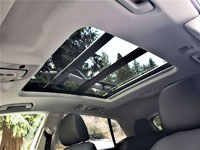
With my seat pushed back far enough to fit my long-legged albeit still short five-foot-eight frame, I still had more than enough space in all directions, while I could nearly stretch out fully when sitting behind the driver’s seat in the second row. With only two seated in back, the Q8’s wide, comfortable centre armrest can be folded down. It features the usual twin cupholders, plus controls for the power-operated side-window sunshades, which can be operated by someone seated on either side of the rear bench. A climate control interface allows adjustment of another two zones in back, for a total of four. This is where you’ll find buttons for the rear outboard seat heaters.

I’ve already mentioned the Q8’s cargo volume, so rather than going down this memory hole one more time I’ll just reiterate that most should find it adequate. It’s very well finished, as you might expect, with full carpeting and a stylish aluminum protective plate on the hatch sill, plus bright metal tie-down hooks at each corner, not to mention a useful webbed storage area to the side. I especially appreciation folding rear seatbacks split in the optimal 40/20/40 configuration, which allows for longer items like skis to be stored down the middle while rear occupants benefit from the more comfortable heatable window seats.
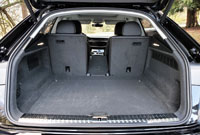
I’ve already mentioned pricing and likely discounts, but you’ll need to go to CarCostCanada to find out how to access the deals. Their very affordable membership gives you money-saving info on available manufacturer rebates, factory financing and leasing deals, plus dealer invoice pricing that’s like having insider information before negotiating your best deal. Find out how a CarCostCanada membership will save you money on your next new vehicle, and download their free app too, so you can access critical info when you need it most.
All said, the Q8 would be a good way to apply all knowledge you’ll gain from a CarCostCanada membership. While practical and fuel efficient, it’s drop-dead gorgeous from the outside in, includes some of the best quality materials available, comes equipped with an impressive assortment of standard and optional features, is wonderfully comfortable in every seating position, and delivers strong performance no matter the road conditions.
Story by Trevor Hofmann
Photos by Karen Tuggay




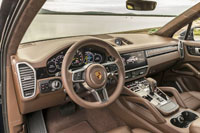

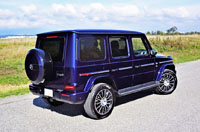


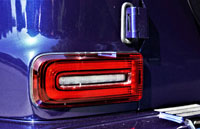
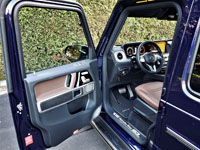

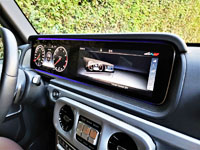
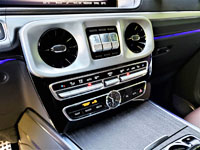
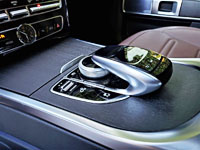
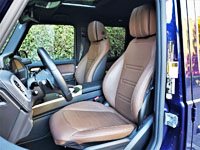

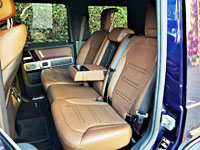
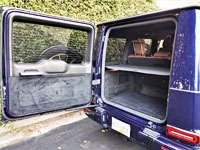
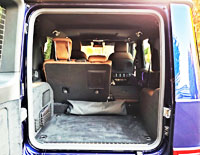
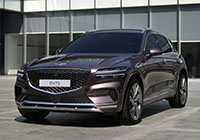
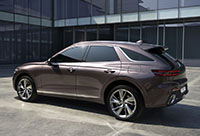

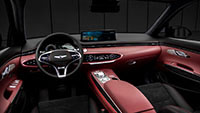



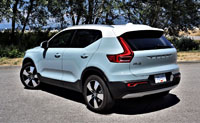

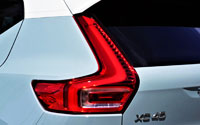
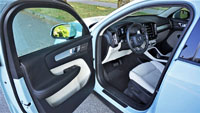



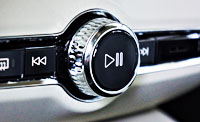
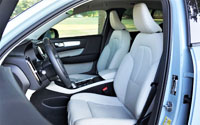
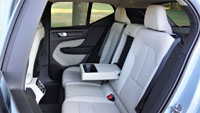
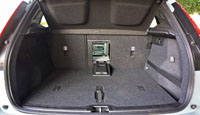
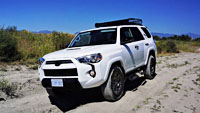

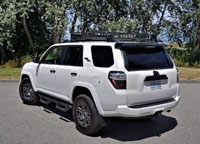
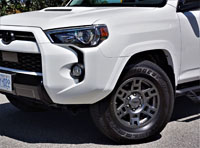
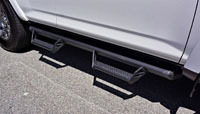
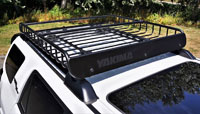
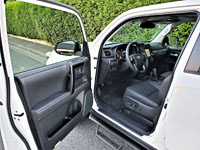
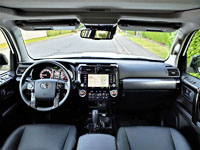


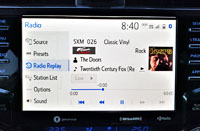
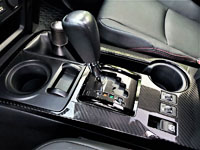

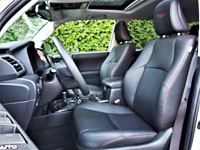
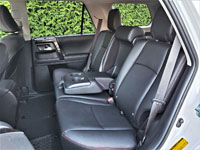

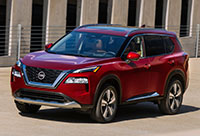





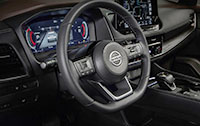
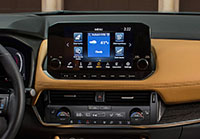

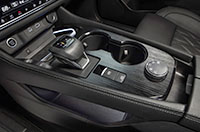



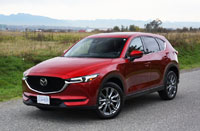




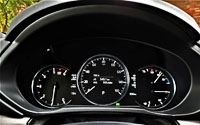 To this end, the SkyActiv-D turbo-diesel suits an upwardly mobile brand like Mazda better than some others, being that diesels have long been the stuff of Mercedes-Benz, Audi, and BMW, plus more recently Jaguar and Land Rover. I’d be remiss not to mention Volkswagen again, because not too long ago oil burners made up more than half of their Canadian sales, but now all of the just-noted German brands are on a different trajectory, embracing plug-in electric mobility at a much greater development cost and no sure promise of profits (even mighty Tesla had never managed more than two sequential quarters of profits as of this review’s publication date).
To this end, the SkyActiv-D turbo-diesel suits an upwardly mobile brand like Mazda better than some others, being that diesels have long been the stuff of Mercedes-Benz, Audi, and BMW, plus more recently Jaguar and Land Rover. I’d be remiss not to mention Volkswagen again, because not too long ago oil burners made up more than half of their Canadian sales, but now all of the just-noted German brands are on a different trajectory, embracing plug-in electric mobility at a much greater development cost and no sure promise of profits (even mighty Tesla had never managed more than two sequential quarters of profits as of this review’s publication date).